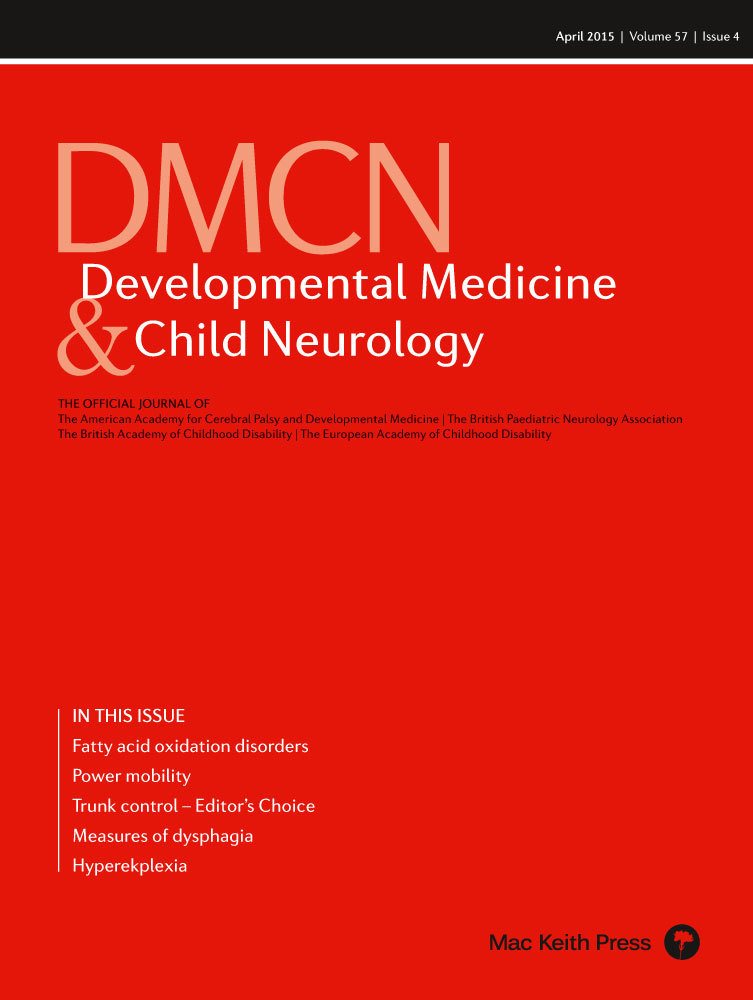Follow-up of extreme neonatal hyperbilirubinaemia: more reassuring results from Denmark
Abstract
This commentary is on the original article by Vandborg et al. on pages 378–384 of this issue.
Vandborg et al.1 report results of a nested double-cohort study comparing children with a history of total serum bilirubin (TSB) levels of ≥450μmol/L (26.2mg/dL) but no or mild symptoms of acute bilirubin encephalopathy with a matched unexposed group. They found neither kernicterus nor evidence of more subtle abnormalities of movement, hearing, or executive functioning after a follow-up period of 5 to 10 years.
The nested double cohort design is an excellent design for a population-based study of the effects of rare exposures on health outcomes.2 The double cohort is more efficient than a traditional cohort study because only a sample of the unexposed participants is studied. Furthermore, because of the nesting within a defined cohort (in this instance, the Danish birth cohort) and random sampling, the additional efficiency does not come at a cost of higher risk of bias.
Of course in any study that requires finding and obtaining consent of the study participants, the actual sample included in the study may differ from the intended sample, as was the case here. Similar proportions of unexposed (21%) and exposed (26%) participants did not have available addresses; we agree with the authors that this is unlikely to be an important source of bias. Potentially more problematic is the lower proportion of unexposed participants who consented to be in the study: 45% compared with 70% in the exposed group, a problem shared with a similar study (with similar results) from Kaiser Permanente Northern California.3 This could introduce bias if parents of unexposed children who were more worried about their child's neurodevelopment were more likely to consent to have their child in the study. However, it is reassuring that average scores of children in both groups were close to the reported population means on all tests.
An advantage of nesting this double cohort study within a larger cohort is that it enabled comparison of participants to nonparticipants. These analyses revealed that although participants’ parents had higher average educational levels than those of nonparticipants, this imbalance affected both exposed and unexposed groups similarly, making it an unlikely source of bias. Another advantage of the nesting is that many outcomes were available on the full intended samples through linkage to population registries. These analyses uncovered no children in either group with cerebral palsy, attention-deficit–hyperactivity disorder, or autism.
Significant resources are expended monitoring and treating bilirubin levels in newborn infants, in an effort to prevent bilirubin neurotoxicity. Historically, two types of neurotoxicity have been of concern. The first is kernicterus. Establishing a causal relation between hyperbilirubinaemia and kernicterus has been straightforward because the infants are usually symptomatic at the time of the hyperbilirubinaemia and the characteristic clinical picture of kernicterus is extremely rare in children without a history of extreme hyperbilirubinaemia. The challenge for kernicterus has been quantifying its incidence, especially among those with very high TSB levels and mild or no acute bilirubin encephalopathy, many of whom have been lost to follow-up in previous studies. The current study provides reassurance that the risk of kernicterus among such children is low.
The second type of concern about neurotoxicity has been the possibility of subtle auditory, neuromotor, or cognitive damage occurring at levels lower than those that cause kernicterus. On that point, the current results of Vandborg et al. are reassuring. The exposed children in their study had TSB levels at or above the 99.96 percentile.4 Given the negative results of this and similar studies, it seems unlikely that hyperbilirubinaemia has a clinically significant adverse effect on these more subtle outcomes. Therefore, guidelines should continue to focus on the prevention of kernicterus. Recent research reporting that kernicterus occurred only very rarely, and only at very high (>600μmol/L [35mg/dL]) TSB levels4, 5 suggests that previously recommended phototherapy and exchange transfusion treatment thresholds may be unnecessarily aggressive.




